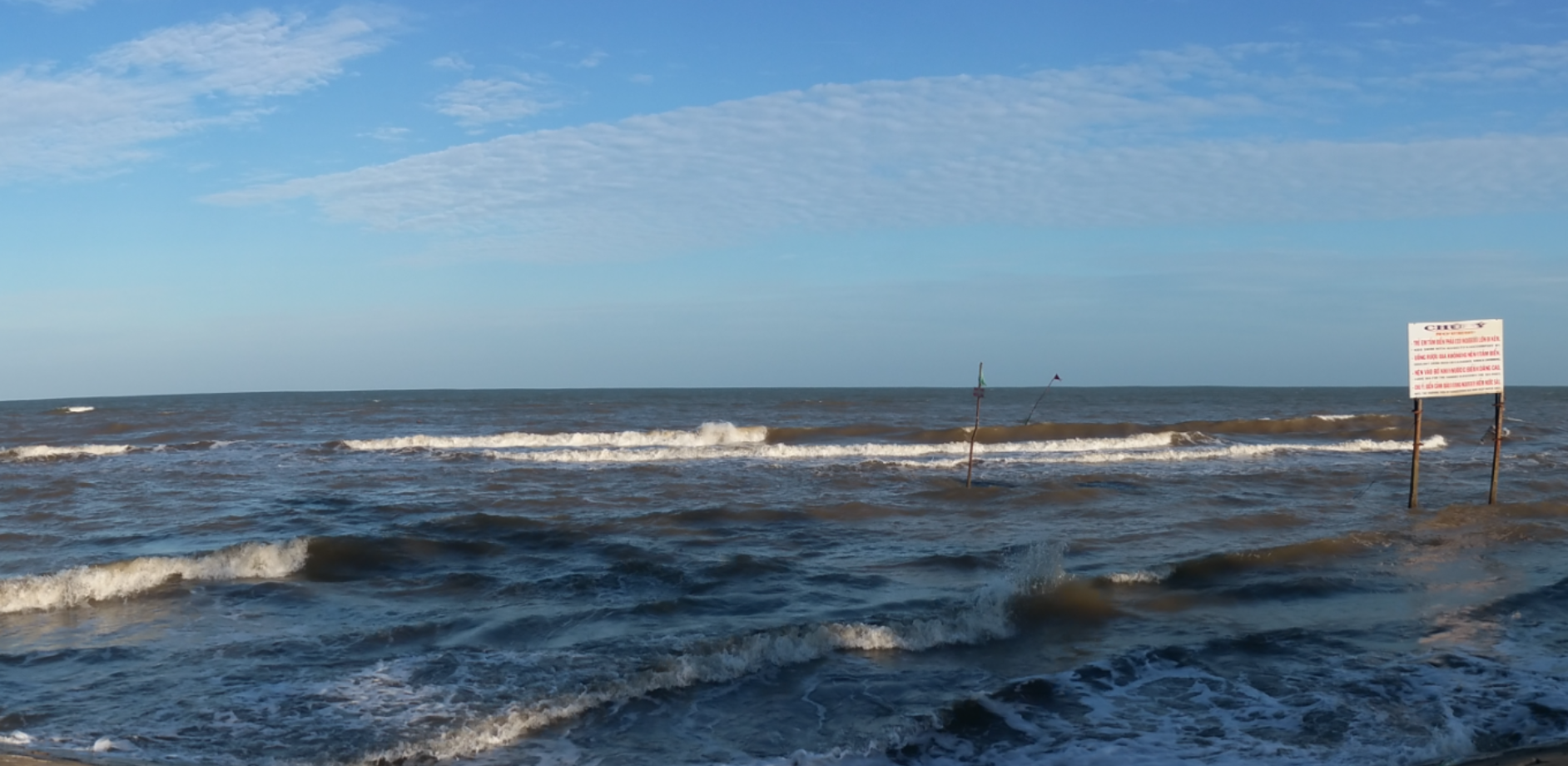

Imagine you were living in a war amongst all the fighting. How would you rate your quality of life compared to what you currently have right now? Would you be able to survive? Well... this was the life of my dad, Tuan Ton, who was born into a war. A war between two halves of a single country which was never supposed to happen. He’s lived through that experience.
Tuan is the son of a soldier who fought for the South Vietnamese army during the Vietnam War. The war which the South lost and saw the rise of a communist in Vietnam. The sixth child in a working-class family of 13 siblings, Tuan grew up knowing nothing but war. He lived in the city of Trà Vinh within the province of Trà Vinh within the Mekong Delta region of South Vietnam where he attended the local school and did odd jobs to help earn money.
It was 1984 when Tuan’s whole life changed. 10 years after the fall of Saigon to the communist forces, Tuan, at age 14, along with his older sister and younger brother were put onto a boat where they embarked on a dangerous journey leaving their home and family behind. A journey which many South Vietnamese people took to escape the oppression experienced by those who opposed the communist regime in the country.
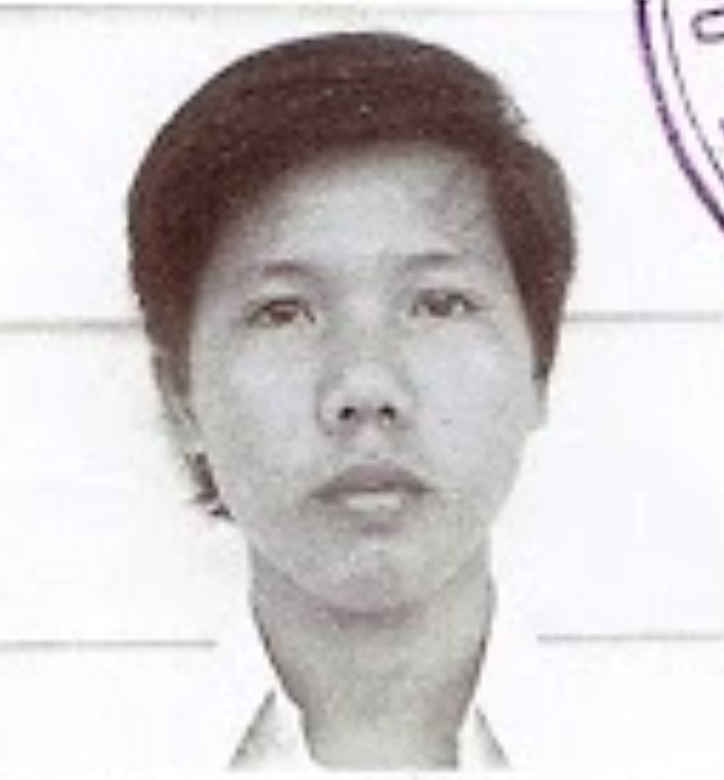
Sailing for three straight days in the open seas, Tuan’s boat finally honed into an island in the distance. This patch of land was Tarempa Island, one of the four islands in the Anambas Islands. From afar, the island looked like a lush green paradise, but little did Tuan and the boat full of refugees know, beauty can often be skin deep. As they continued to drift nearer and nearer to the island, the boat was met by humanitarian authorities who had sailed out on their own raft yelling at Tuan’s boat to stop.
“They were just yelling and waving their hands and we soon realised why. As our boat came closer to the island, sharp rocks lay hidden beneath the water’s surface, and our boat could’ve sunk If we kept going,” Tuan said.
The authorities came up to Tuan’s boat and proceeded to guide the boat to safety through a minefield of stealthily scattered rocks on the ocean floor – rocks which were capable of taking down his boat. Once ashore, the 50 refugees hurried off onto the land. “We were just so grateful to be on the ground again,” Tuan said.
The refugees were shown to their camp which was found in a secluded space on the island. The camp was relatively empty, with only a few other refugees from other boats inhabiting the area. The living conditions within the camp was relatively clean compared to what the group had experienced in the last few days according to Tuan who described the housing resources as, “a mat on a flat area of ground with a roof on top”.
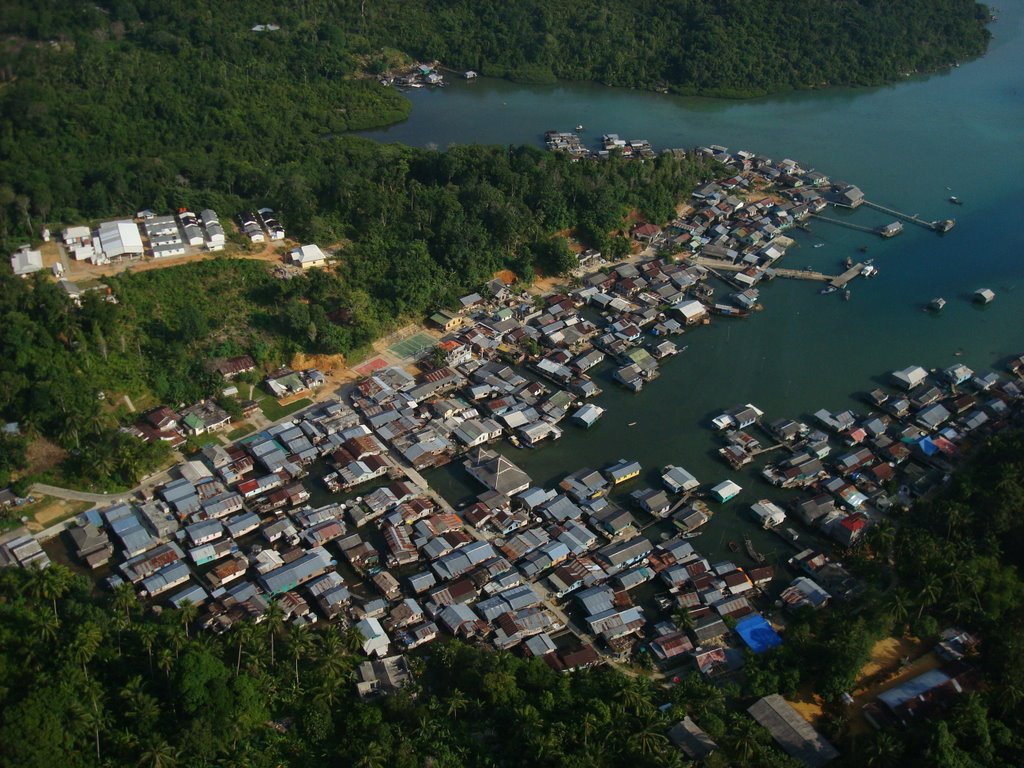
Tuan spent the few days he had exploring the camp. However, the security was so tight that he couldn’t travel outside of the camp. At the same time, members of humanitarian organisations began to arrive on the island to process Tuan and his fellow refugees. After three days of processing, a larger boat, arrived in the harbour, and the group who arrived on the shores of Tarempa, once cleared to move on, were marched onto the boat to continue their journey to their next destination.
Tuan and the other refugees arrived at their next destination after sailing for three hours. Stepping off the boat they were greeted by more humanitarian officers. These were officers from the Sedanau refugee camp in the Natuna Islands which are an archipelago of islands and part of Indonesia’s Riau Islands. The refugees were led off the boat onto the dock to what was described as a “floating town on the water”.
The town of Sedenau consisted of floating houses and shops which were propped up by stilts and connected by floating walkways and bordered by the clear blue ocean. As they were through the walkways towards their camp located deeper into the island, Tuan recounted the colourful set up of shops with vibrant colours selling goods along the harbour.
The refugees lived among the locals in houses surrounding the dock on a daily allowance of a few dollars provided by humanitarian services which went towards food and other basic amenities. After a week on the small island, the refugees were again rounded up and boarded another humanitarian ship to the next leg of their journey. It was a bittersweet moment for Tuan and the whole group of refugees. “It was sad because the people on Sedanau were really kind to us in a time of need.”

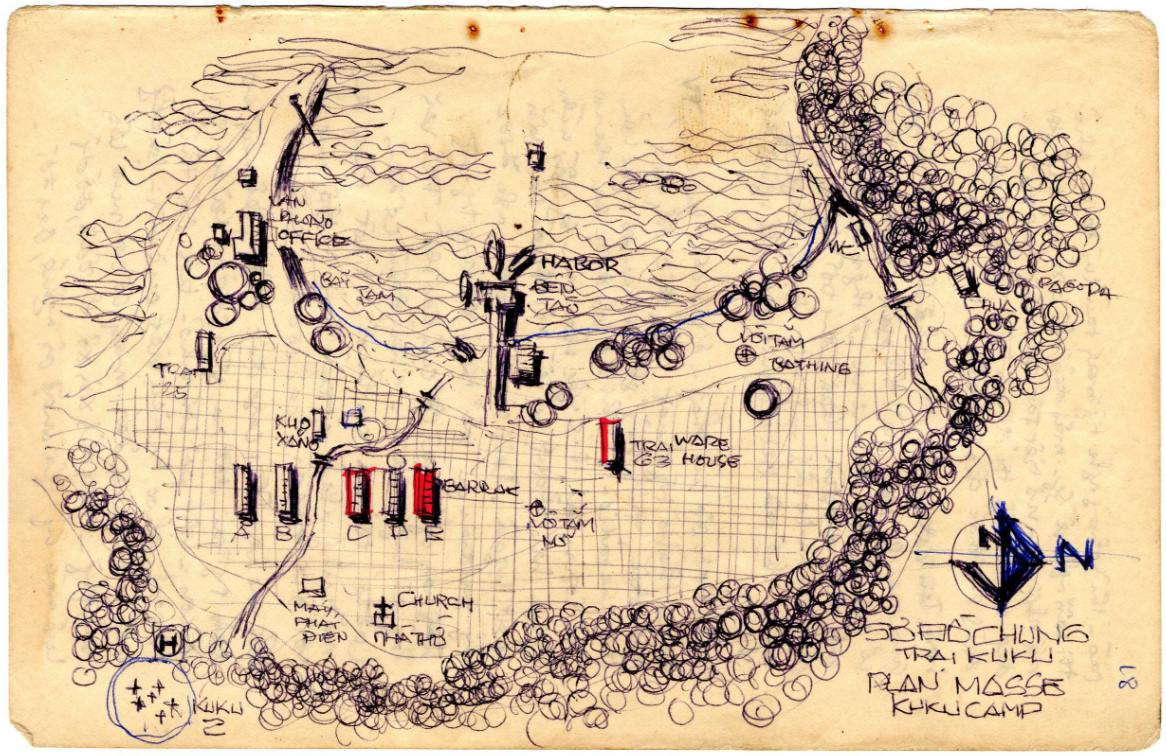
After six hours from Sedenau, on a large steel vessel, Tuan’s group of refugees, along with others arrived at the infamous Kuku Refugee camp in the Anambas Islands. The camp was known for its harshness with limited food, medical assistance and military brutality as Tuan and his siblings found out later.
The island camp was surrounded by sandy shores. Army tents with no covers were used as housing. Refugees would lie on thin mats on the uneven ground and access to clean utilities was rare within the camp. Conditions were truly terrible on Kuku.
Spending two weeks in the brutal camp, Tuan, his sister and brother faced many challenges from lack of food to overcrowding, but the most serious problem arose when Tuan’s younger brother came down with a severe fever. With medical supplies and assistance running scarce, Tuan’s younger brother faced a difficult prospect on the island. Many refugees have arrived in the past, fallen sick and never made it off the island.
In between daily chores set by the camp guards which included cleaning toilets, Tuan and his sister took turns to look after their sick younger brother. Suspecting the fever was caused by mosquitoes and the general uncleanliness of the camp, they searched the overcrowded camp for medicine and traded anything they had for food. Tuan was especially worried about the welfare of his brother – “We had heard the stories in the past about people dying from sicknesses here.”
As their brother’s health continued to deteriorate over the next few days, both Tuan and his sister began to fear the worst. But as things looked dire on the third day, a fresh batch of medicine was shipped in by an incoming humanitarian boat who was there to transfer more refugees. The medicine was administered and after a week, Tuan’s brother managed to make a full recovery after a very close call.
As the ordeal came to an end, the camp called on Tuan’s group of refugees to prepare to be transferred to yet another camp a few days later. Tuan and his siblings are once again on the move.

Tuan arrived at Galang which was the main refugee hub in Indonesia where those displaced by the war in Vietnam were sent for processing and resettlement in third countries. Located in the Riau Islands in Indonesia, the camp saw as many as 250,000 refugees pass through.
The camp was split into two parts: Galang 1 and Galang 2. The refugees who had just arrived like Tuan were kept in Galang 1 to await processing while those who have been processed are kept in Galang 2 before they are resettled in third countries.
The housing in which they were provided with was on a whole other level compared with all the previous camps they stayed in. “The barracks we lived in had actual beds and a roof and doors and was actually closed off, not open plan,” Tuan said.
Tuan spent a total of eight months on the island camp as he waited to be processed by immigration personnel. After two months, Tuan and his siblings were transferred to Galang 2 after being sponsored by their uncle who was living in Australia and being approved by Australian officials for resettlement. Australia had abolished the White Australia policy completely back in 1973 and was accepting large numbers of Vietnamese refugees. Tuan undertook English classes and classes on customs for the remainder of the time in the camp while he waited to be resettled.
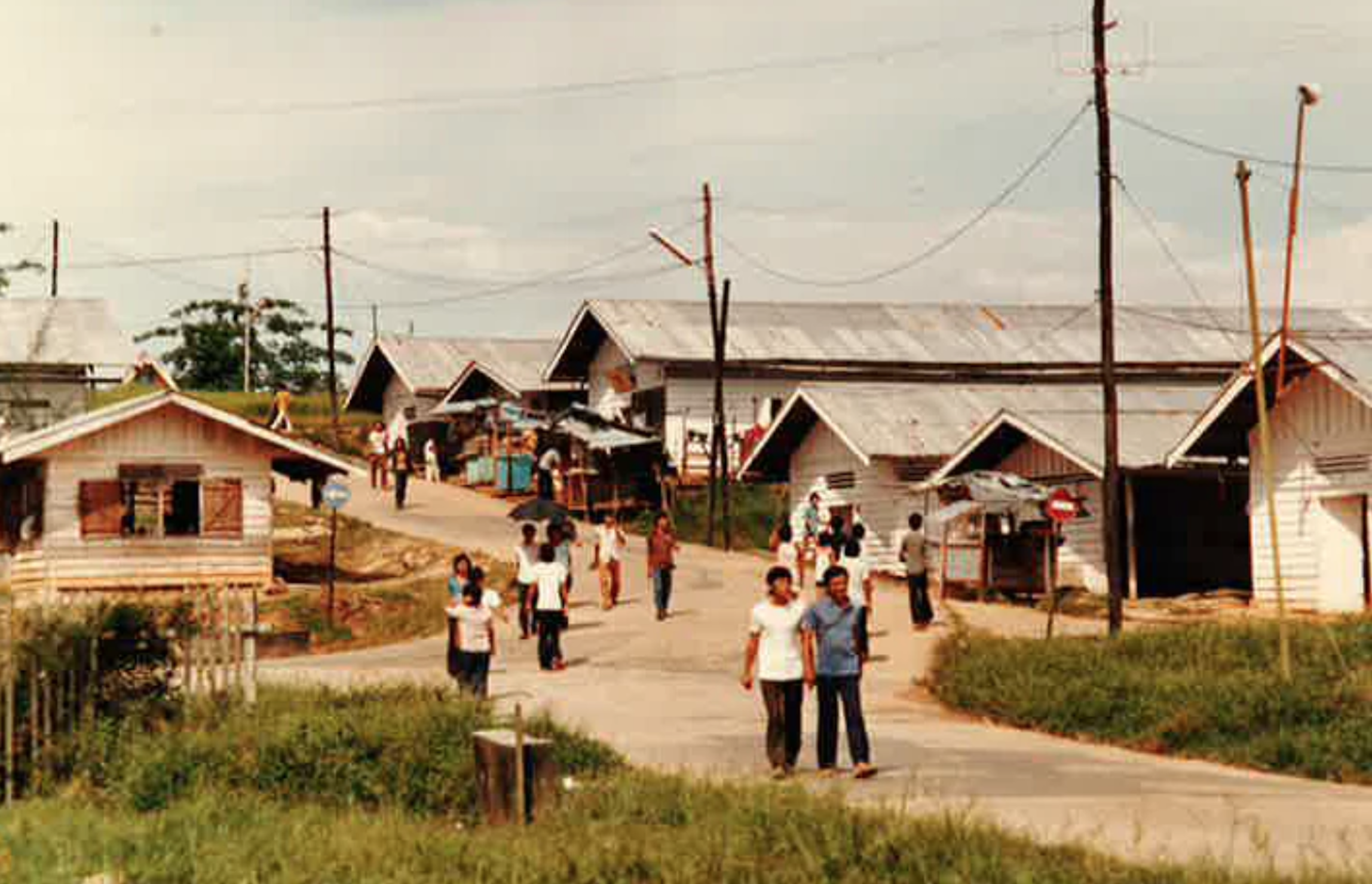
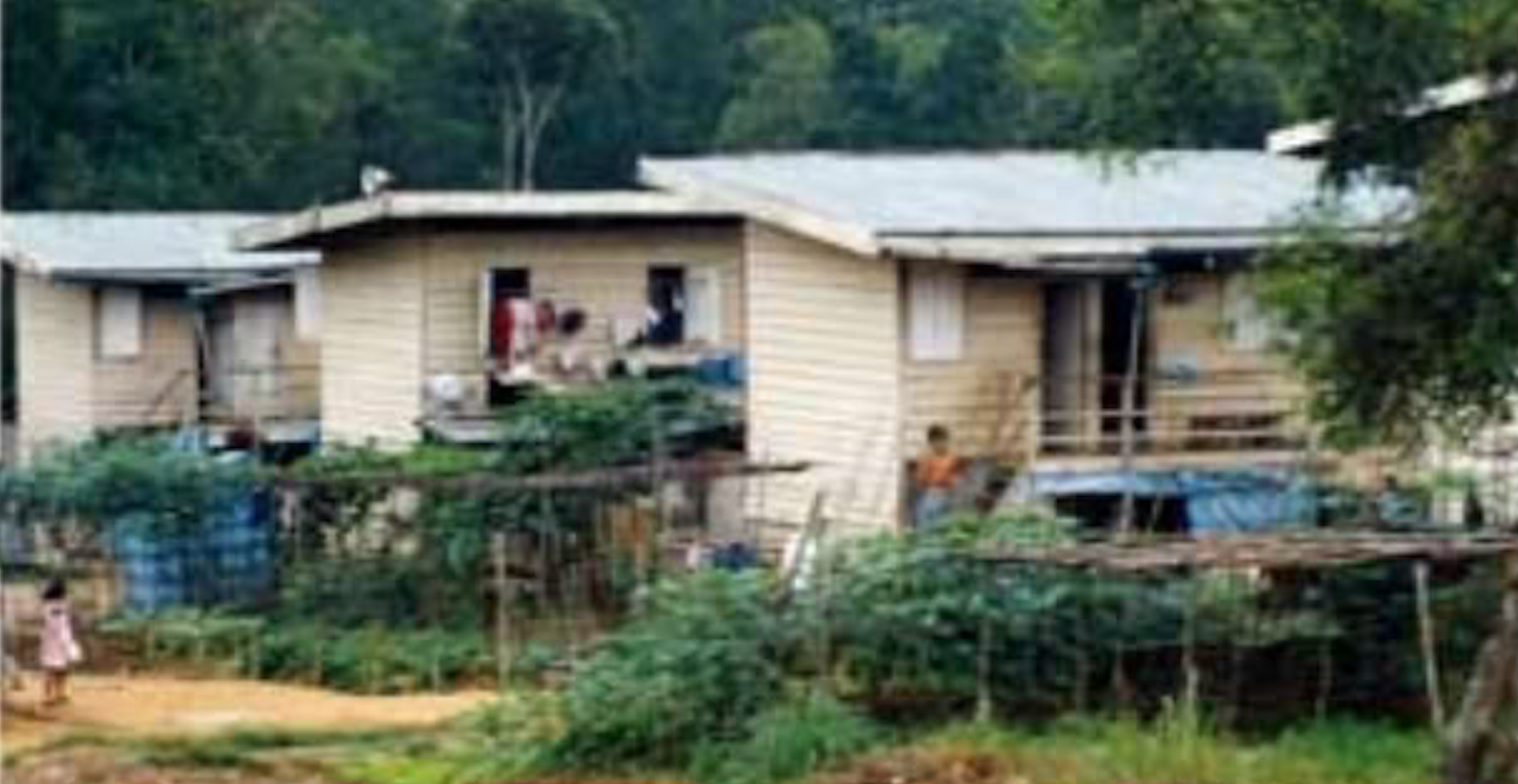
The camp was well equipped to deal with the large influx of refugees who had escaped from Vietnam. It had adequate facilities including medical services, schools and places of worship for those living in the camp.
It was a cloudy day in Galang on May 29, 1985. Roughly 7 months ago, Tuan had arrived in the camp. He was walking from an English class when his name along with the names of his siblings and a few other refugees were called out over the loudspeaker. They had been summoned to the administration office.
“We were called to the office and we didn’t really know what was going on,” Tuan said. “So, we were really surprised when the camp officer told us that we were going to be settled in Australia.”
Tuan was placed on a boat a month later, heading to one last stop before he could start his new life in a free country.
Arriving in Singapore, Tuan and his siblings were taken to the Hawkins Road refugee camp. The camp was a former British army barrack in Sembawang and set up by the United Nations High Commissioner for Refugees in 1978. A dozen old townhouses sit on the grounds for refugees to share and sleep in.
The entry to the camp on was off a small rise on the side of a hill. The camp was closed off by metal fences and a small metal gate on the side of the closure is where security officers checked entry and exit permits.
Many refugees only stayed in this camp for a short amount of time. It was used as more of a transit camp for refugees to be resettled in third countries or be transferred to Galang. Refugees were given $2.50 every day to buy food and other items while they stayed here. Tuan and his siblings were transferred to this camp for three days as they waited to
Although their stay was short, Tuan and his siblings got to experience the welcoming and hospitable locals who frequently donated food and goods to the refugees – a rarity on their journey to freedom.
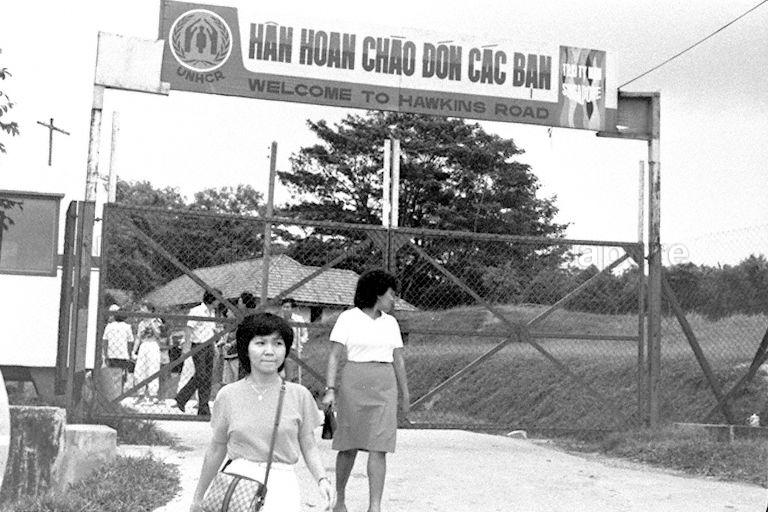
Tuan, his sister and brother arrived at Darwin Airport on June 18, 1985 where their new beginning officially started – free from discrimination and free from persecution. Tuan and his siblings lived in the suburb of Casuarina in the Northern Territory in a share house for the next three months attending school on a full-time basis. It was when their uncle, who sponsored them to come to Australia, moved down south to Melbourne that the three made the decision to follow him down to Melbourne as well.
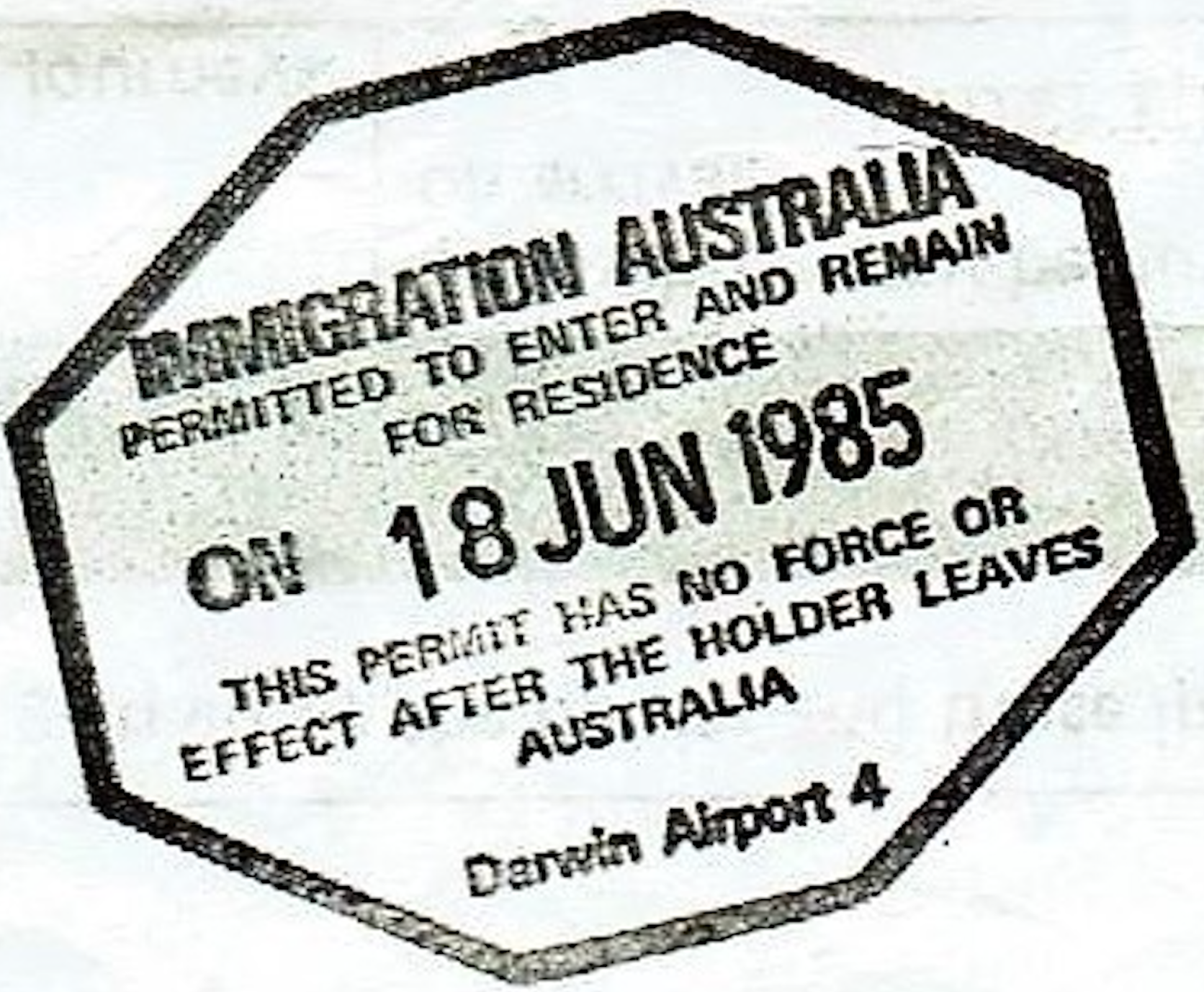
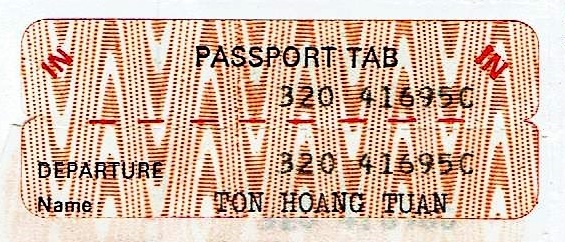
From the takeover of South Vietnam by communist forces in 1975, more than 100,000 Vietnamese refugees have since made their way to Australian shores seeking a better life. A life of freedom, prosperity and safety. The life that Tuan has found. A life worth living.
© William Ton 2017